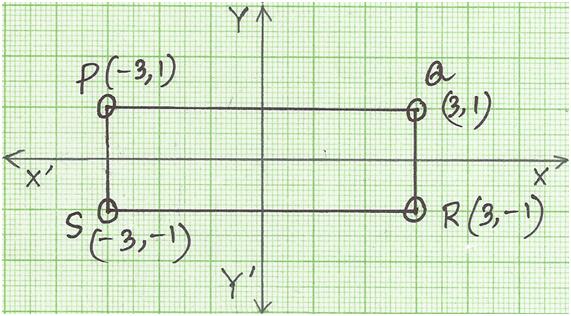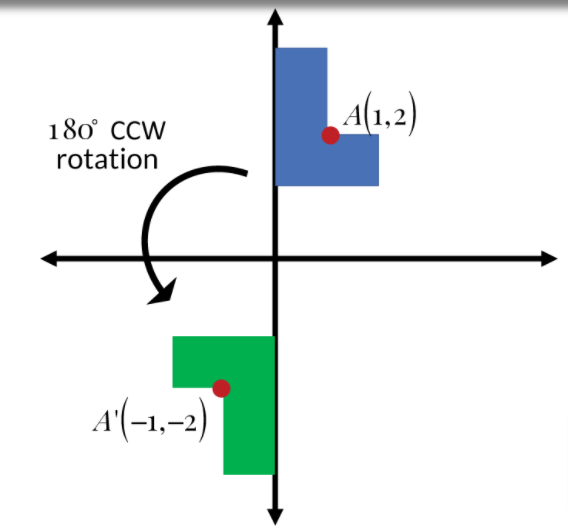

When first learning about the right hand rule, students are often initially confused, with many students failing to grasp why such a rule is even useful in the first place. the clock is between the two people who are facing each other), they will disagree on which way the hands turn (clockwise or counterclockwise) but will agree on this direction if both use the right hand rule convention to describe the direction of the rotational motion – both observers will agree that it is directed toward the person viewing the back side of the clock. If two people view a transparent clock at the same time but one observes it from the front while the other observes it from the back (i.e.

Applying this to the above we find that when viewing a clock from the front, the rotation of the hands is three dimensionally into the clock (away from the observer), and when viewing a clock from the back side, the rotation of the hands is three dimensionally out of the clock (toward the observer). Instead of using clockwise and counterclockwise, we can describe the direction of rotation with a right hand rule: if you curl the fingers of your right hand around with the direction of the rotational motion, your thumb will point in the direction of rotation, which will be along the axis of rotation. Assuming that the clock is a typical one, it will have hands that turn “clockwise” when viewed from the “usual” point of view, but if the clock had a transparent back and you were to view it from the back you would see the hands turning “counterclockwise!” The observed direction of rotation (clockwise or counterclockwise) depends on the observer’s point of view. It is precisely for this reason that the right hand rule can (and should) be used for rotational motion. This is why it is often preferable to describe translational motion in terms of north, south, east, west, up, and down, or with respect to a defined x-y-z coordinate system directions can be communicated unambiguously, provided that everybody uses the same coordinate system. As with left and right, clockwise and counterclockwise depend on your point of view.

For a more extensive look at the Right Hand Rule, check out our in-depth guide Right Hand Rule in Physics.ĭescribing the direction of rotation as being clockwise or counterclockwise is helpful only if all parties involved have a common point of view, which is ideally along the axis of rotation. Strictly speaking, AP Physics 1 does not include the use of the right hand rule for rotation, but I have found that introducing it actually helps solidify student understanding of angular vectors.

The topic of rotation has become more important in AP physics when the program was updated from the older Physics B program. I only later discovered that this same rule can be applied to rotational quantities such as angular velocity and angular momentum. As a student, my first encounter with a right hand rule was when I was introduced to the magnetic field produced by the electric current in a long, straight wire: if you point the thumb of your right hand in the direction of the conventional current and imagine grasping the wire with your hand, your fingers wrap around the wire in a way that is analogous to the magnetic field that circulates around the wire. We high school physics teachers tend to associate the right hand rules with electromagnetism.


 0 kommentar(er)
0 kommentar(er)
